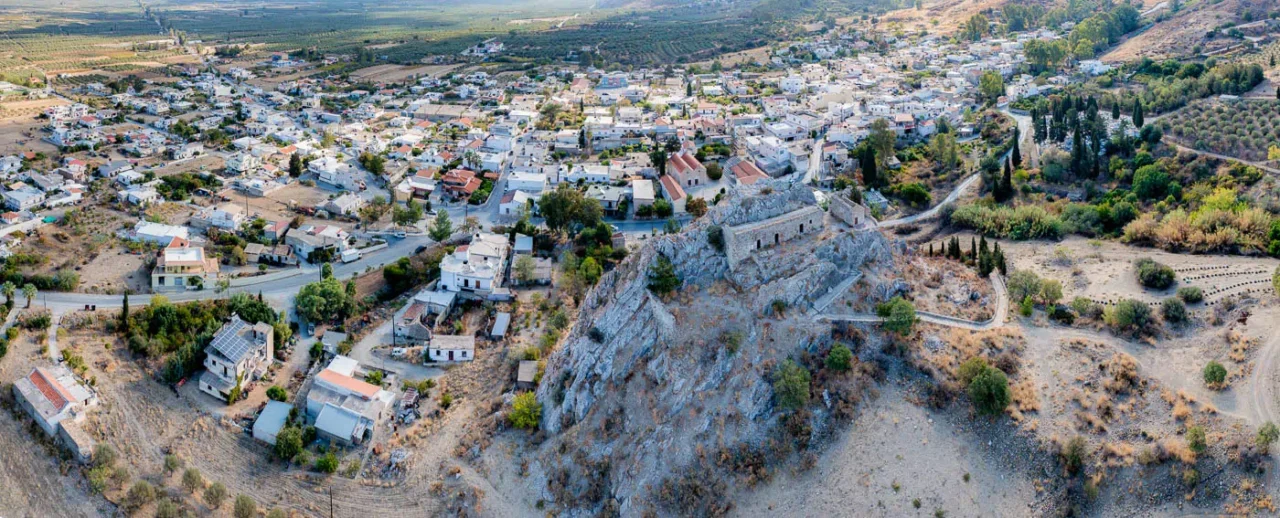
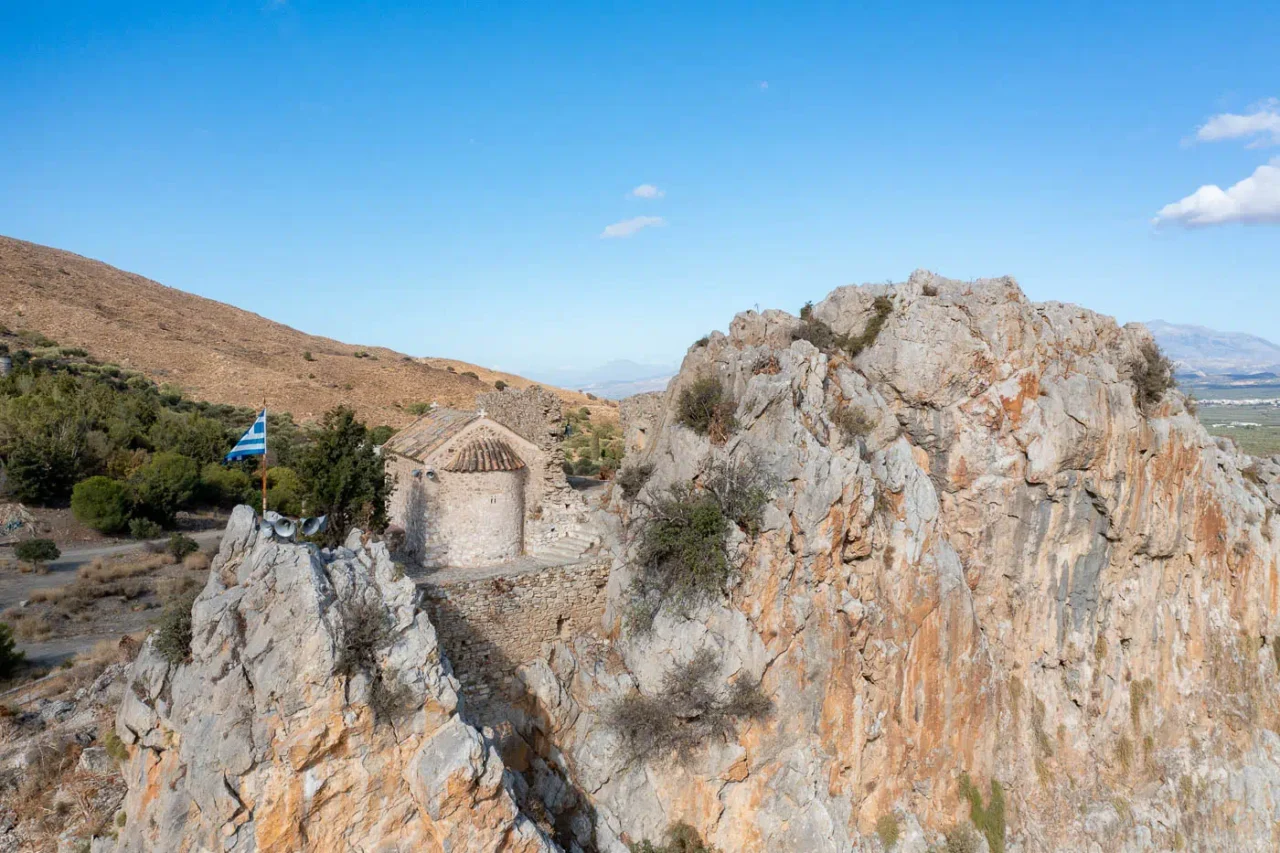
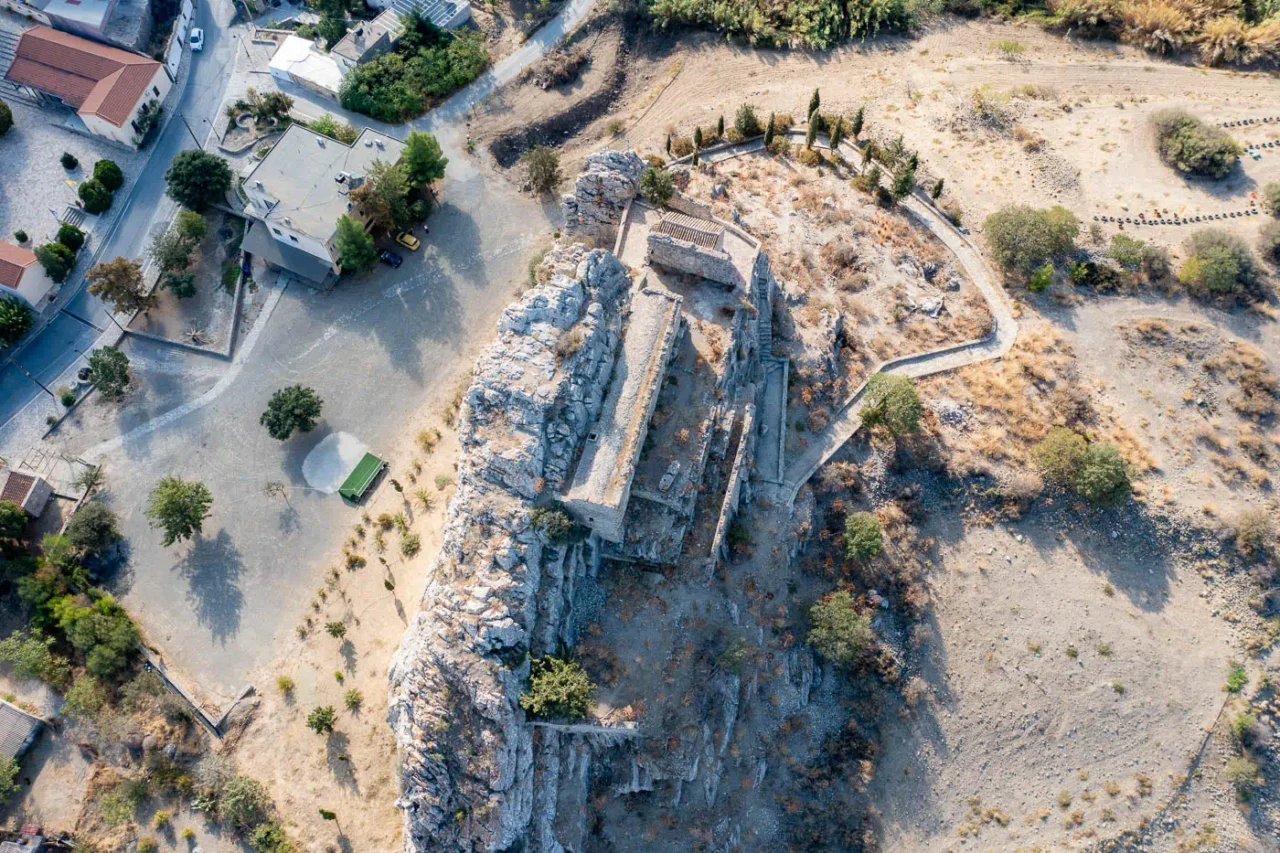
A Stronghold in the Asterousia Mountains
The village of Charakas, situated on the southern slopes of the Asterousia Mountains in Crete, takes its name from the prominent rock formation (Charaki) upon which the Venetian fortress of Charakas sits. This strategic location offers panoramic views of the surrounding landscape and has played a significant role in the region’s history. The fortress, though not as widely known as some of Crete’s larger fortifications, provides valuable insights into the island’s medieval past.
Historical Context
While the exact construction date of Charakas Fortress remains uncertain due to a lack of written records and inconclusive architectural evidence, it is clear that the site was utilized during two distinct periods. The first phase of construction dates back to the Middle Byzantine period, suggesting an early fortification on the site. However, the majority of the visible structures and fortifications today are attributed to a later Venetian phase.
Historical documents reveal that a Byzantine settlement existed around the fortified rock as early as 1280. By the mid-14th century, the village, then known as San Giovanni, had become a Venetian fiefdom. Given the Venetians’ tendency to fortify strategic locations and the site’s defensive advantages, it is likely that the Venetian fortifications were constructed during the 14th century. Compared to more elaborate fortifications of later periods, the relatively simple design of Charakas Fortress supports this assumption.
Following the Ottoman conquest of Crete, the fortress may have been briefly utilized by the Turks. However, an Ottoman document from 1718 refers to the fortress as a “ruined seraglio,” indicating its abandonment and disuse by the early 18th century.
Architectural Features and Fortifications
Charakas Fortress was strategically positioned to take advantage of the natural defensive properties of the Charaki rock. The western side, being the most accessible, was fortified with a double perimeter wall, one at the slope and another at the summit. Traces of defensive walls are also present on the northern and southern sides, while the eastern side remained unfortified due to its steep, inaccessible cliff face.
Structures within the Fortress
-
Main Building: The most prominent structure within the upper level of the fortress is a long, narrow building featuring three consecutive chambers, each covered with a semi-cylindrical vault. The eastern wall of the building adapts to the uneven rock surface, resulting in variations in width and a stepped appearance. The roof and side openings were designed to collect rainwater. The floors of the three chambers were constructed directly on the rock surface, which was carved and covered with a lime mortar.
-
Towers: The remnants of a two-story rectangular tower are visible on the northwest side of the main building. Additionally, foundations of another rectangular structure with a second tower are located south of the main complex. These towers would have provided extensive surveillance of the surrounding plains. Traces of a third tower, possibly an acropolis or keep, are found at the highest point of the rock.
-
Church: Located on the western side, below the main complex, is the Church of the Transfiguration of the Savior (Metamorphosis tou Sotiros). A crenelated wall with battlements is situated south of the church.
Fortifications: Key Points
- Construction Period: While the exact date is unknown, the main fortifications are likely Venetian, possibly dating back to the 14th century.
- Location: Charakas Fortress is situated atop the Charaki rock formation, west of the village of Charakas in the Asterousia Mountains of Crete.
- Dimensions: The fortress occupies the entire summit of the Charaki rock, with the main building featuring three consecutive vaulted chambers.
- Historical Significance: The fortress played a role in the region’s defense during the Venetian period and possibly saw brief use by the Ottomans.
- Current Status: The fortress is in ruins, with the main building and remnants of towers still visible. The Church of the Transfiguration of the Savior has been restored.
A Unique Historical Landmark
Charakas Fortress, though modest in size, is a notable historical landmark. Its strategic location, combined with its architectural features, provides a glimpse into Crete’s medieval past and the island’s complex history under Venetian and Ottoman rule. While further research and restoration efforts may reveal more about its past, the fortress stands as a reminder of the strategic importance of the Asterousia Mountains and the role of fortifications in shaping Crete’s history.













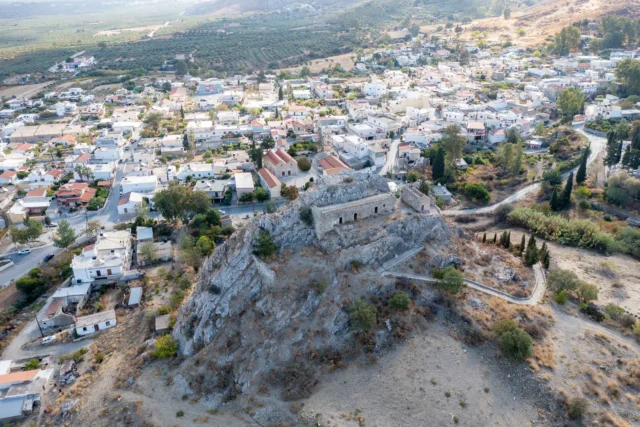

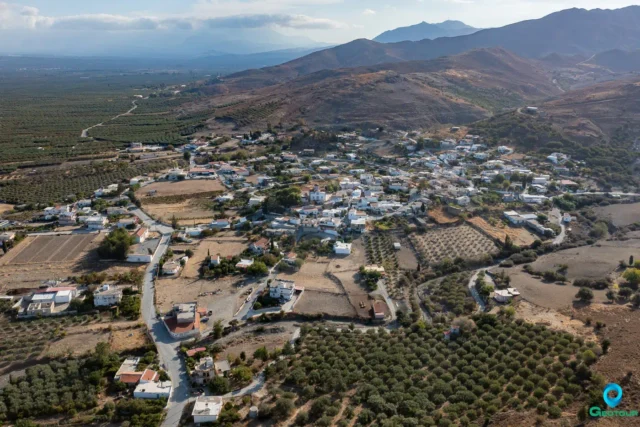

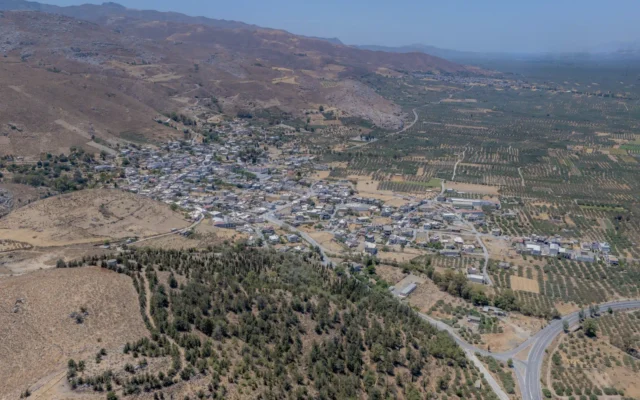



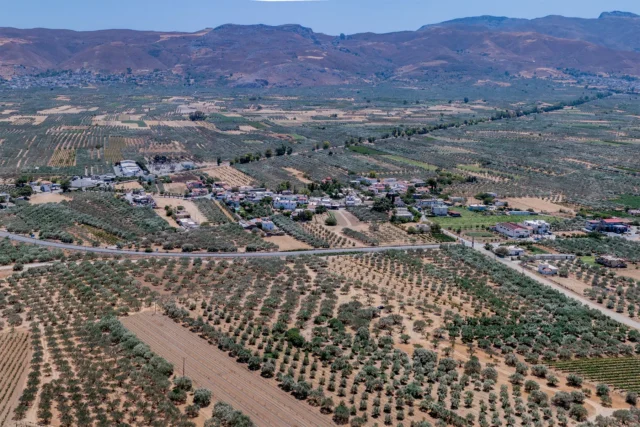
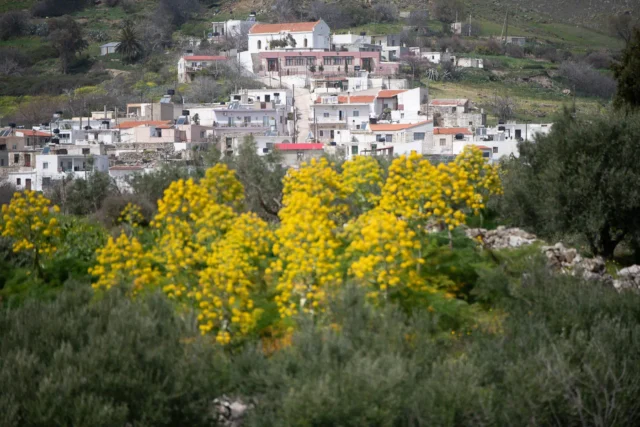


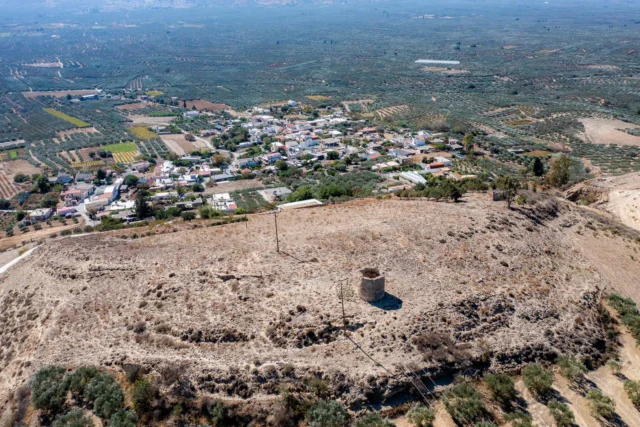
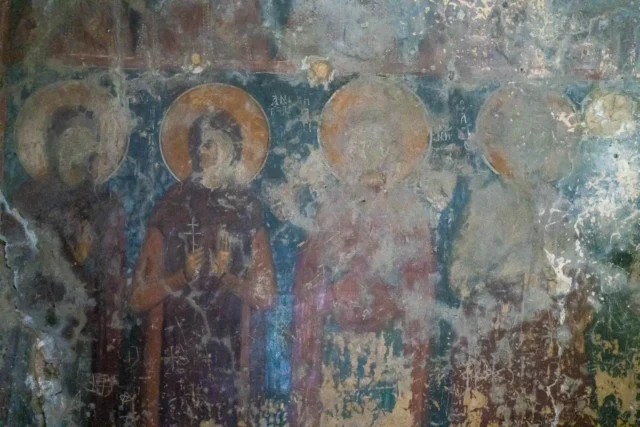
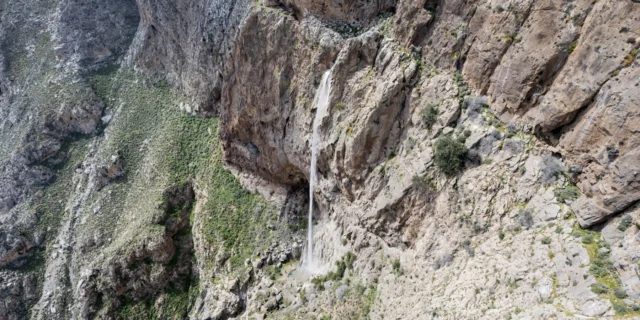
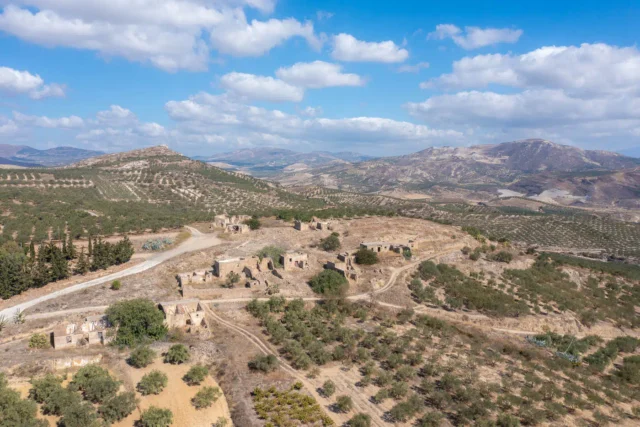
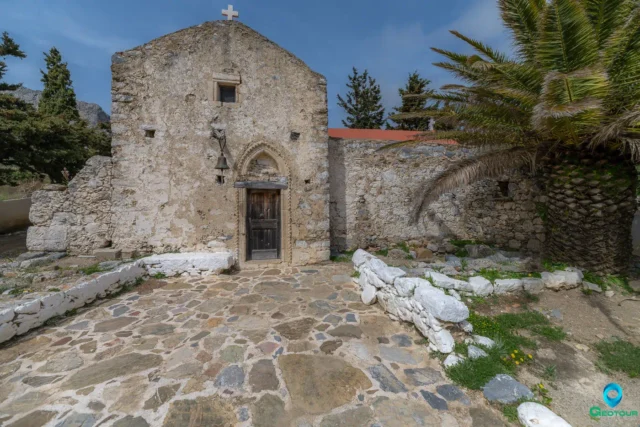
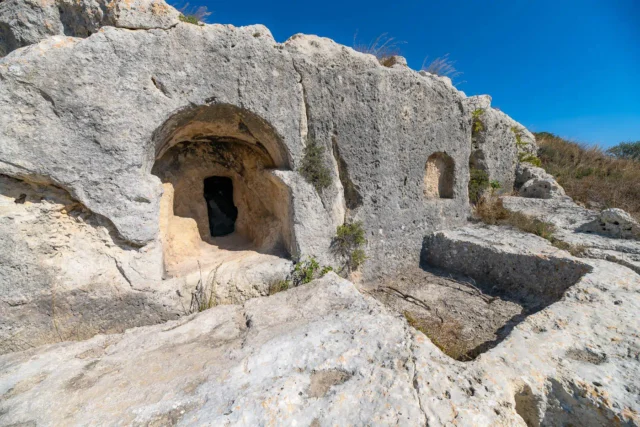

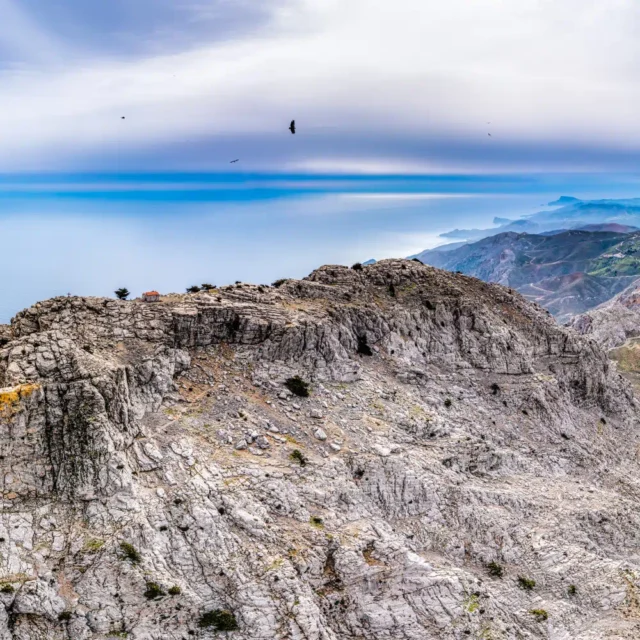

There are no comments yet.